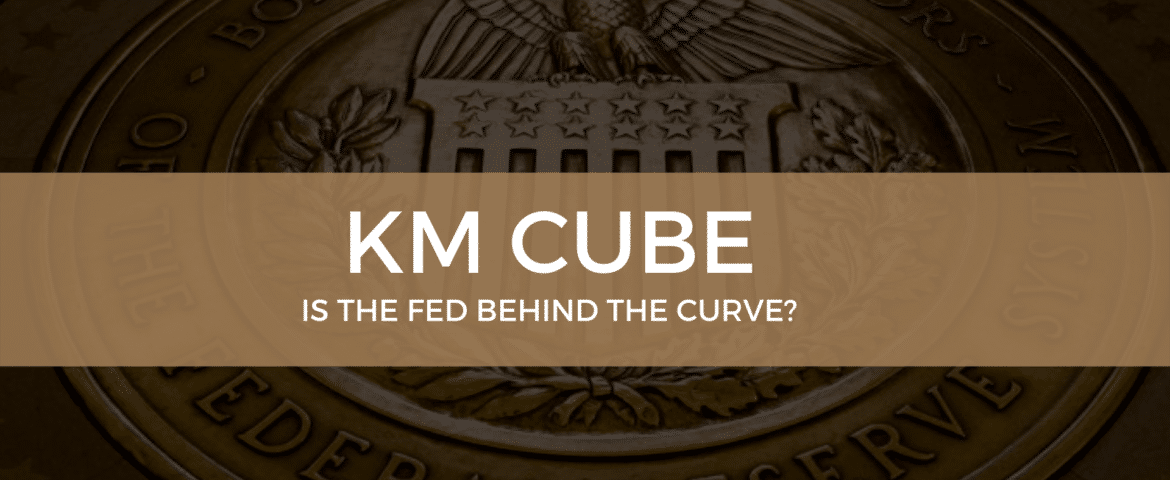
Is the Fed behind the curve?
We expect the Fed will be as aggressive as necessary to combat rising inflationary pressures in a timely manner. An even more hawkish approach is being considered following the latest statement by Fed chairman J. Powell. FOMC is expected to raise interest rates by half a percentage point at tomorrow’s meeting (the futures market implies this with 99.8% certainty). Moreover, market expectations for end-of-year interest orbit between 3% and 3.25%. The US economy poises at the brink of stagflation after its recent release of negative GDP growth (GDP declined at 1.4% annual rate) combined with its already high rate of inflation. The only promising aspect that can prevent such a prospect is the US strong labor market. Unemployment remains stubbornly low, with the latest report reading at 3.6%.
However, the increasingly hot labor market provides the Fed with the “green light” to tighten policy. The last time the Fed had to raise rates in two consecutive meetings was 2006, and equally significantly, there has not been a half percentage point increase since 2000. In plain words, with the Fed increasing rates from 25bps to 50bps in two consecutive meetings, highlights its current strong stance of the sooner, the better on tight monetary policy implementation.

On the other side of the Atlantic, Europe seems to start considering the adoption of a more hawkish policy, too. In particular, the ECB’s President Ch. Lagarde is considering hastening their planned restrictive monetary policy (it was planned for implementation during the last quarter of 2022) after the recent inflated CPI reading of 7.4% (March 2022). This particular reading is the highest ever recorded since March of 1992. However, a similar hawkish policy as in the US cannot be implemented in Europe, as the labor market in the US is much stronger. Be that as it may, Europe is now considering raising interest rates as early as this summer rather than at the end of the year as initially stated.

The general uncertainty the central banks are currently experiencing regarding their monetary policies, has resulted in bond markets having a higher level of volatility than those of the stock markets. To be specific, increasingly tight monetary policies have led bond markets to substantial sell offs at rapid paces, resulting into levels of extreme volatility. Meanwhile, both fixed-income and equity markets remain in a bearish trend since the beginning of the year.
Last but not least, the Fed’s more hawkish stance on fighting inflation compared to ECB’s has led to the US dollar gaining strength against the euro by the day. Nevertheless, both economies are expected to tighten monetary policies marking for investors the beginning of a period of challenging markets. Such periods are great for setting apart sound investments from weaker ones. We cannot help but end this article with W. Buffet’s quote:
You only find out who is swimming naked when the tide goes out